Description

PERU MINCA
In the Qechua language, in the Andes, Minca refers to a particular camaraderie between farmers. While producers will hire help for the harvest, during the year they depend on their neighbors. Groups will travel from farm to farm, accomplishing what needs to be done before moving on to the next farm. This idea of caring for the whole — this social bond — is known as Minca. Every producer who contributed to this lot processed the beans on his or her farm. They washed the beans, fermented them for 10 to 18 hours and then dried them on their patios with a mantada, a special textile, to prevent contamination.
Located between the Andes Mountains and the rainforest, Satipo, a province in the region of Junin, is also known as the ceja de selva, or, “jungle entrance.” It’s a region rich in biodiversity and with very asymmetrical topography, which creates different types of airflows that help the coffee trees to flourish. During the 1980s and early 90’s, Peru suffered tremendously due to terrorism, and Junin was possibly the most affected area in the country. For more than a decade they massacred producers and prevented Junin and other regions from progressing. Many lost their homes and farms, but they survived and fought to keep their lands.
Product image by Ravi Sarma via Flickr
COFFEE STATS
Acidity: Balanced
Body: Heavy
Altitude: 1200-1750 masl
Process: Washed
Varietal: Caturra, Bourbon, Typica, Pache, Catimor
Producers: Various Smallholders
What We Taste: Chocolate, Molasses, Roasted Almond, Citrus
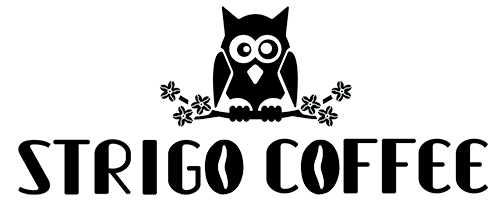
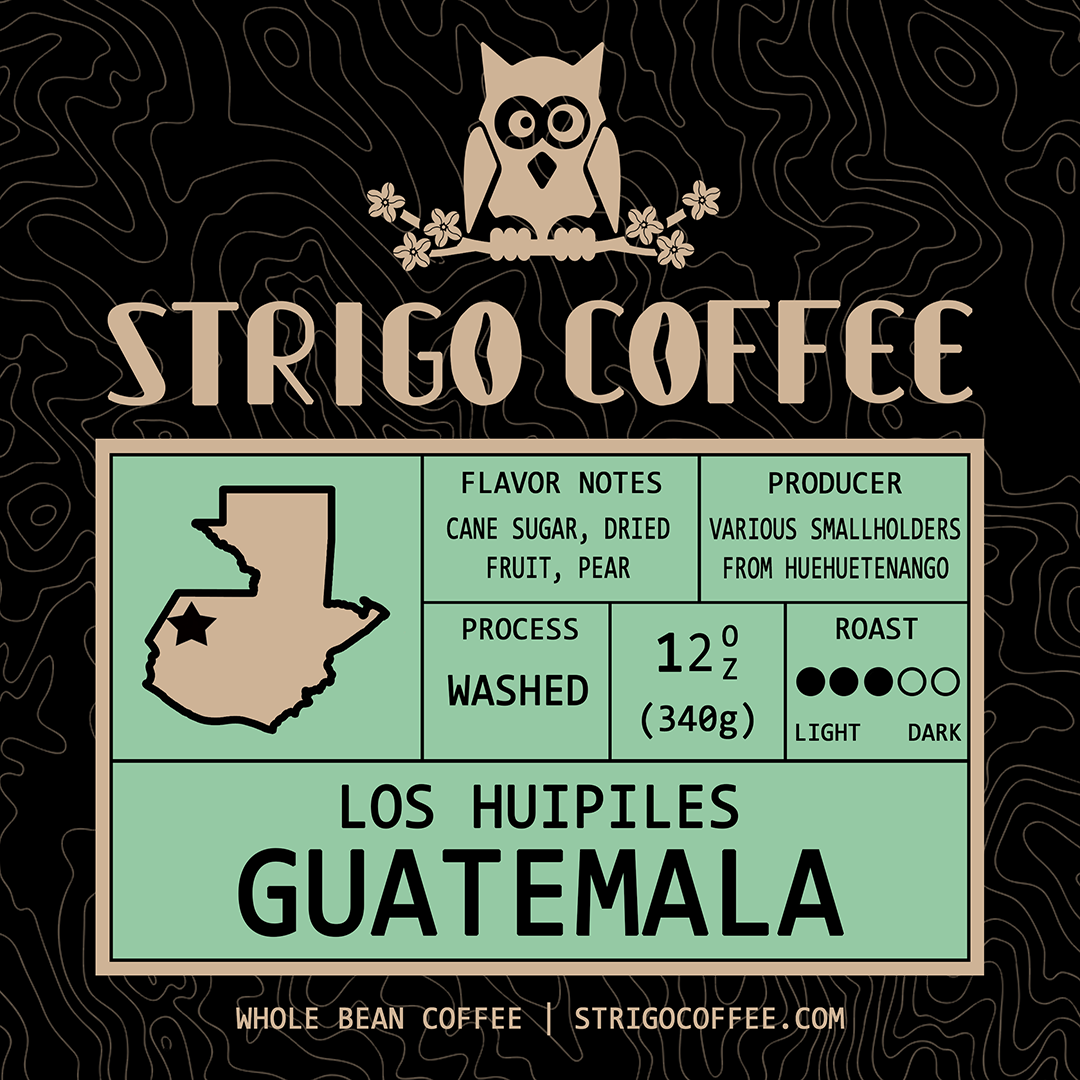
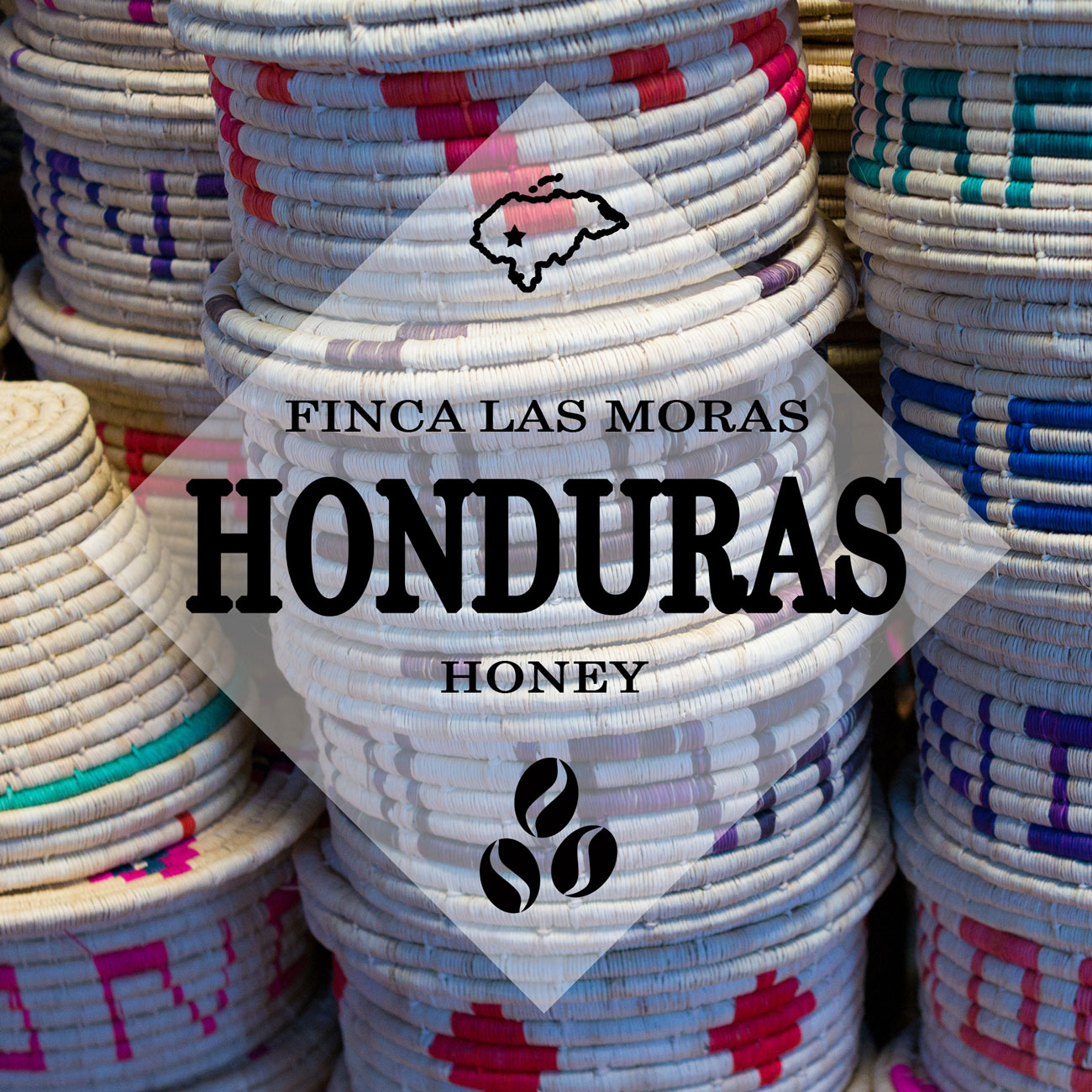
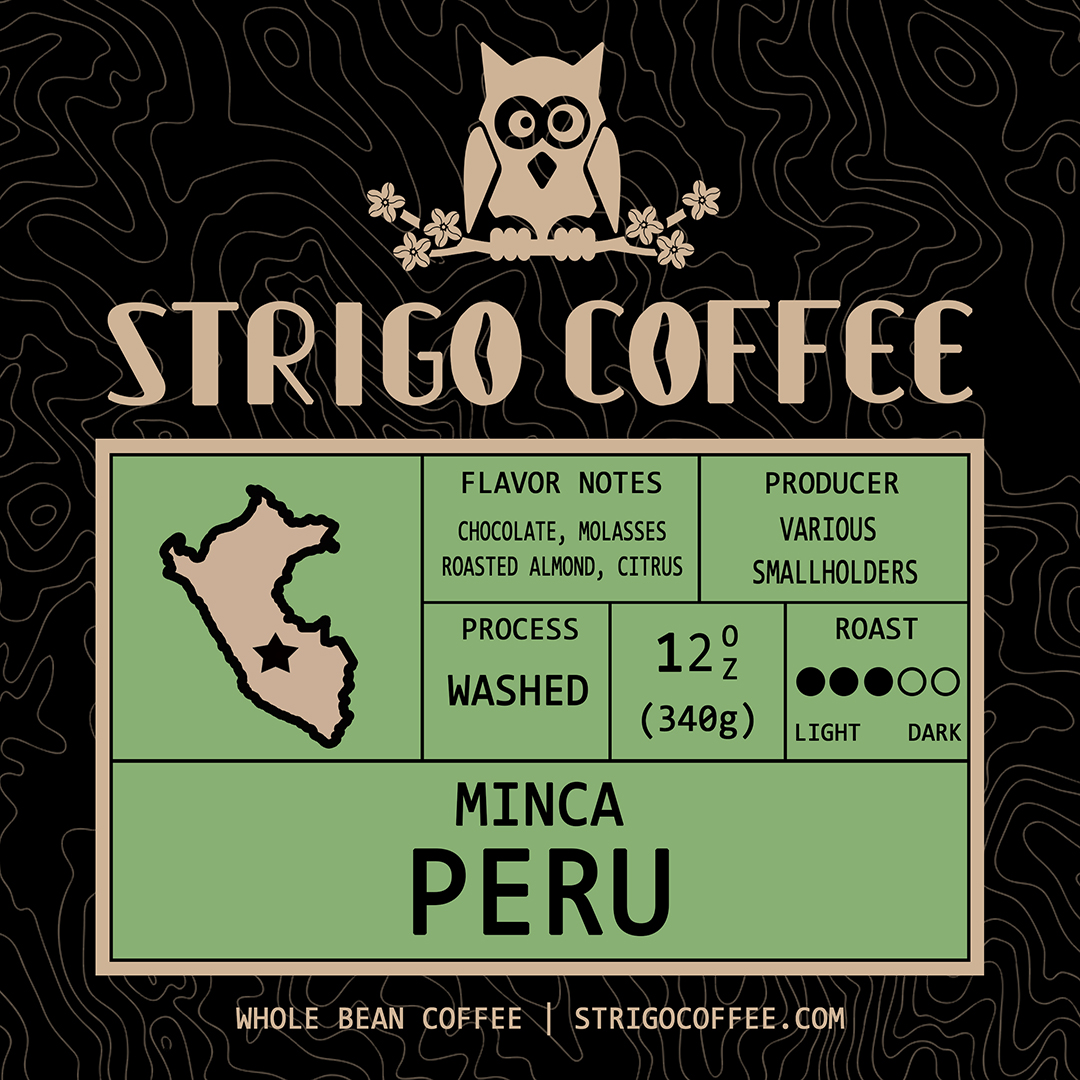
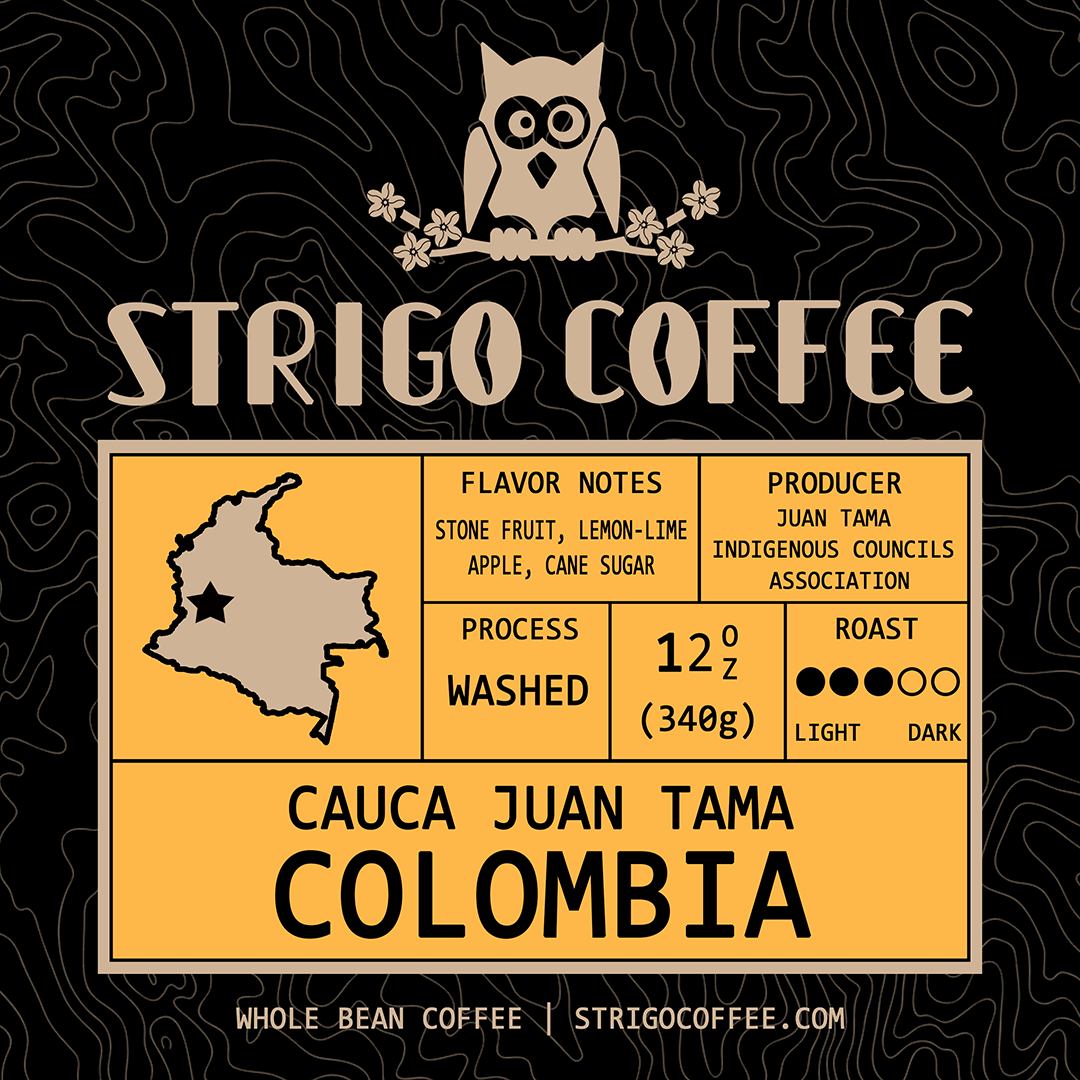
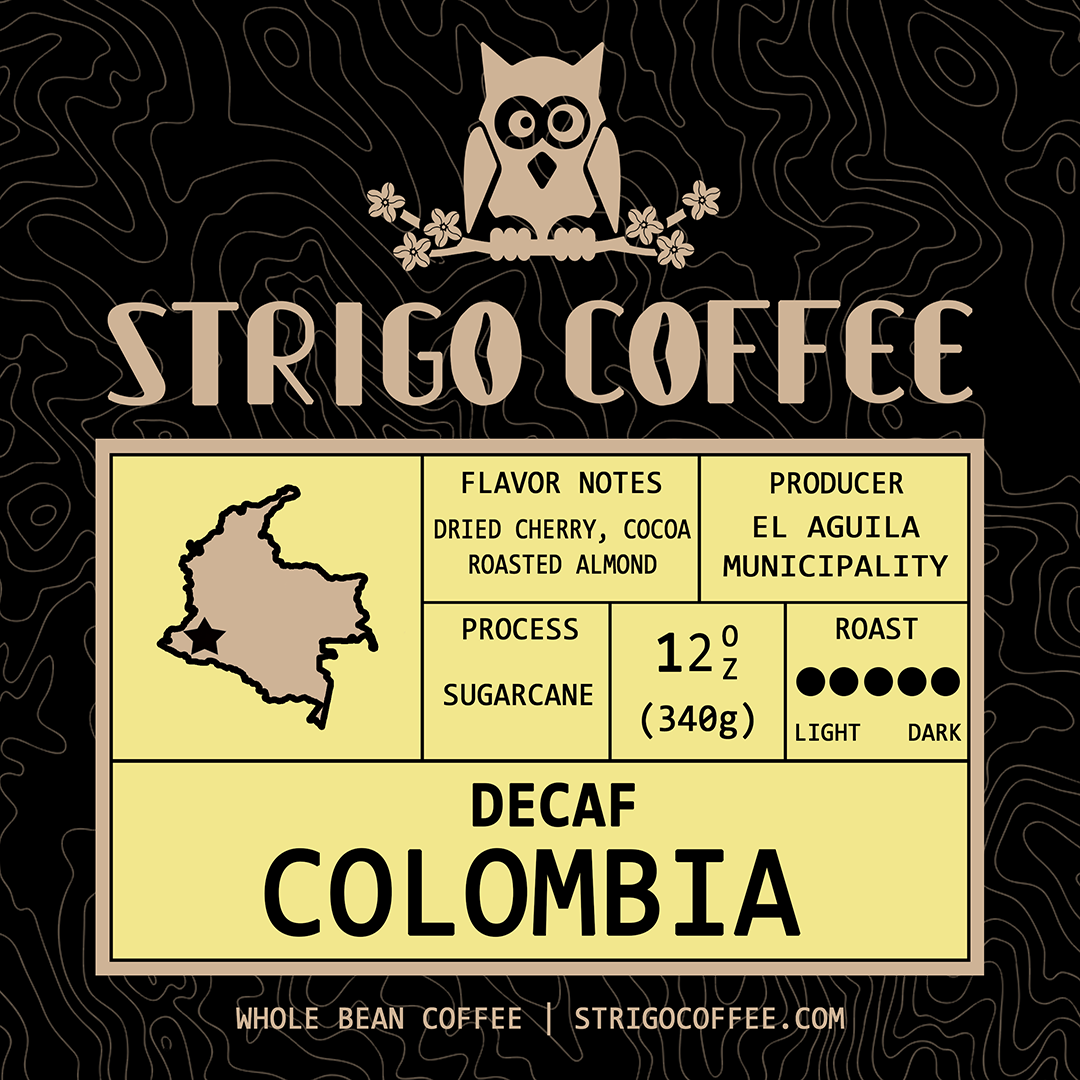
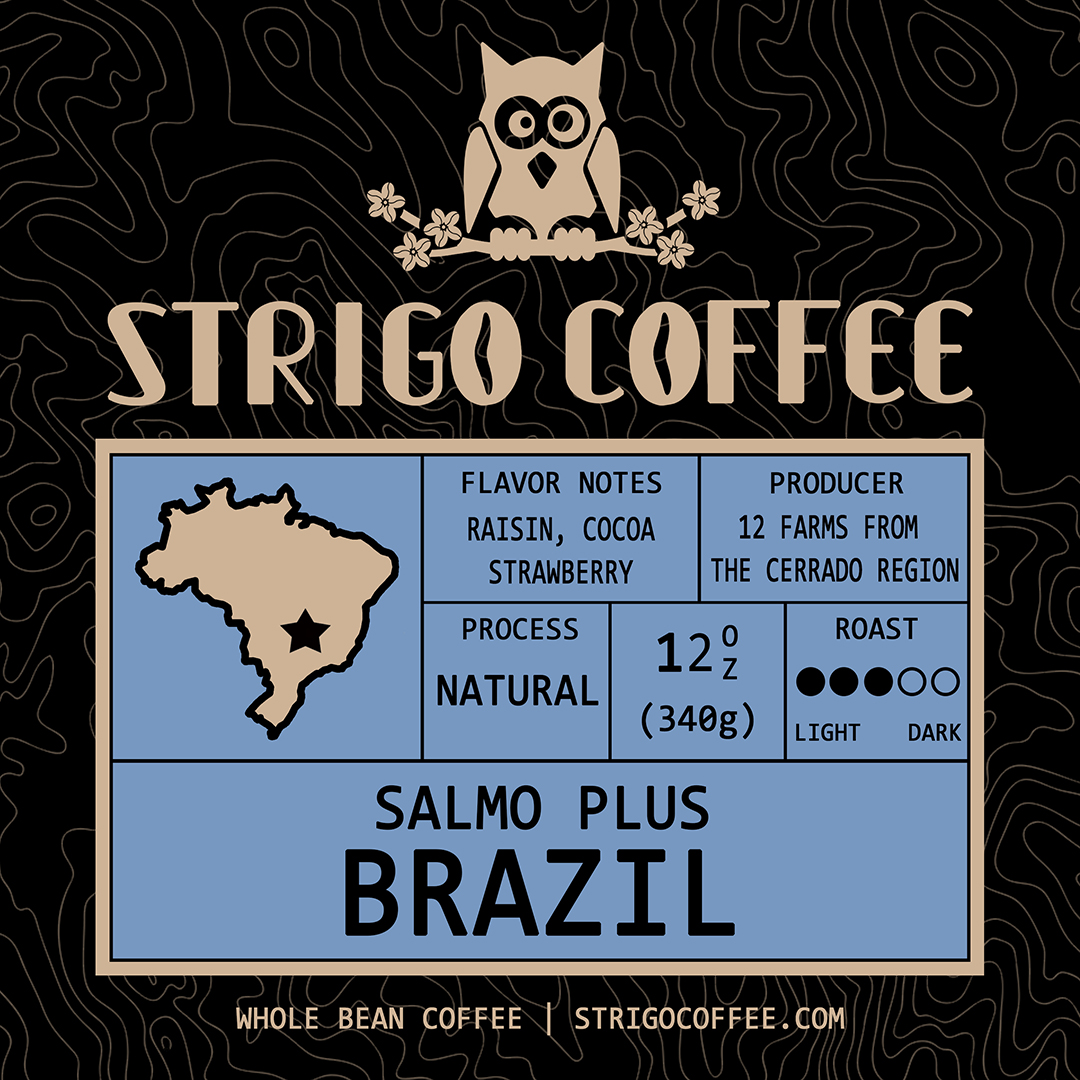
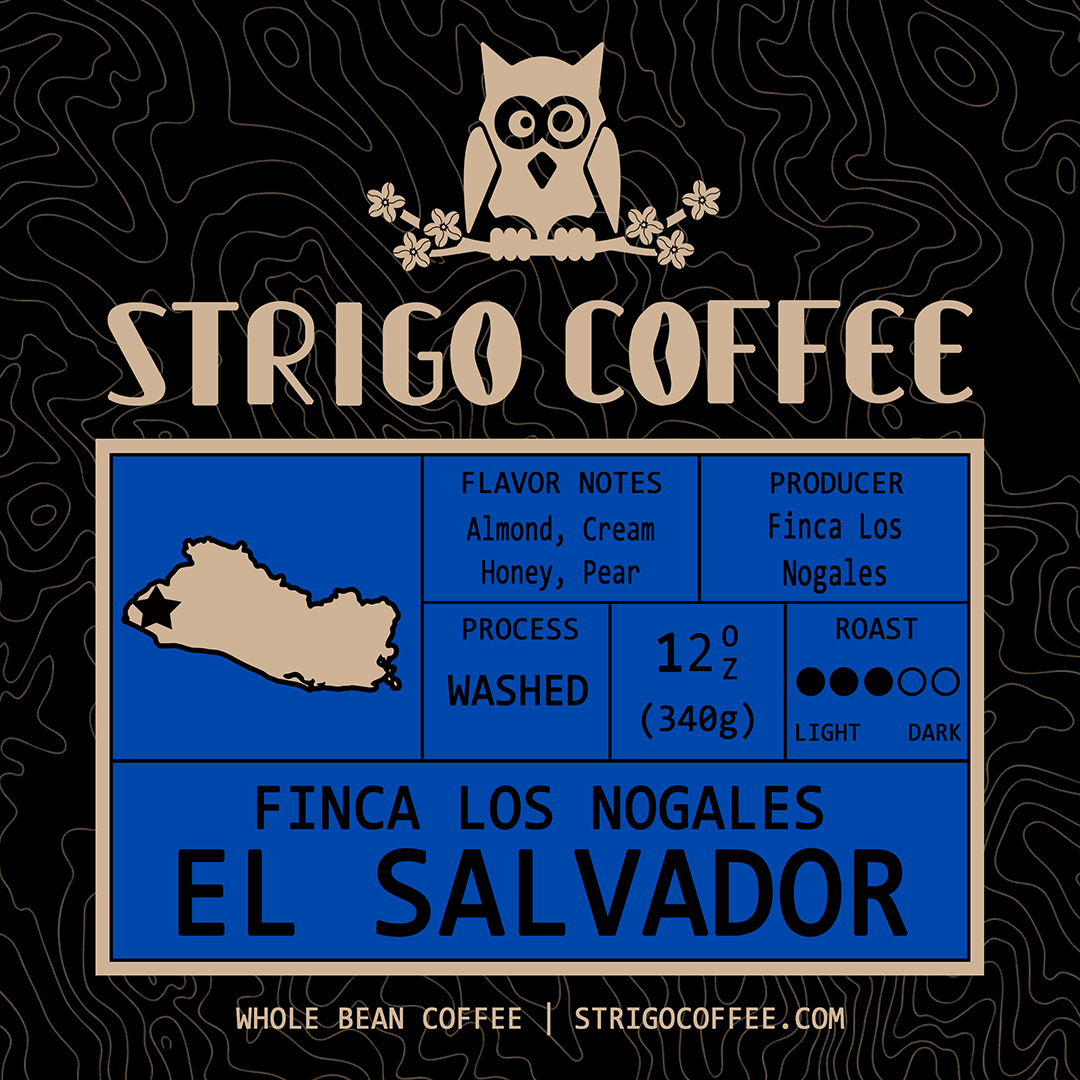
Reviews
There are no reviews yet!